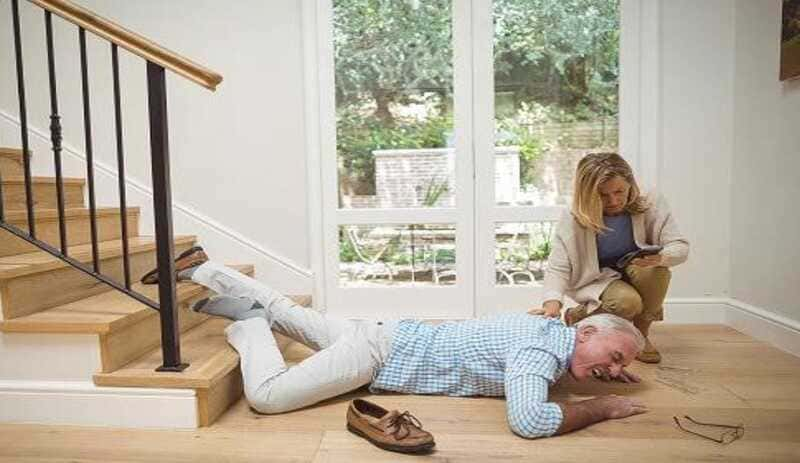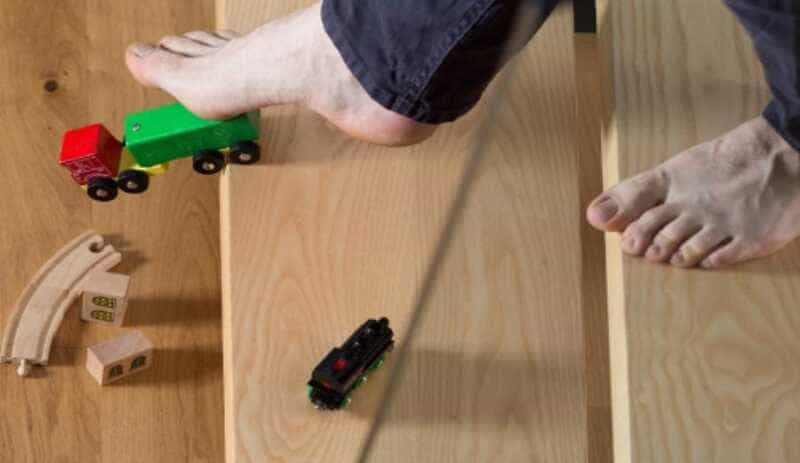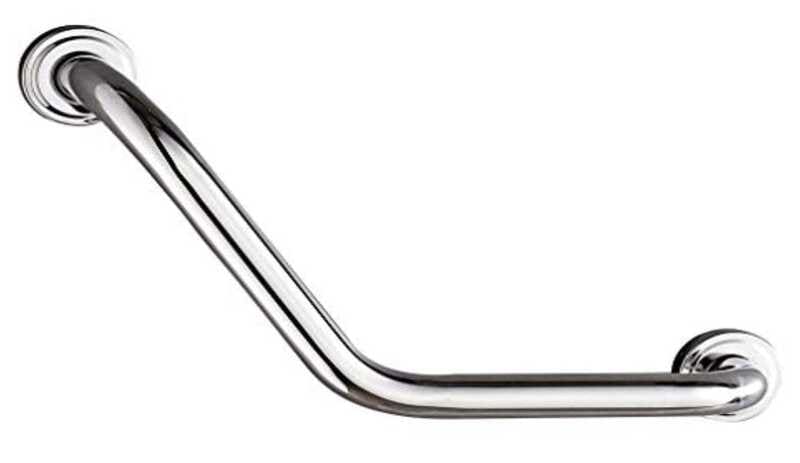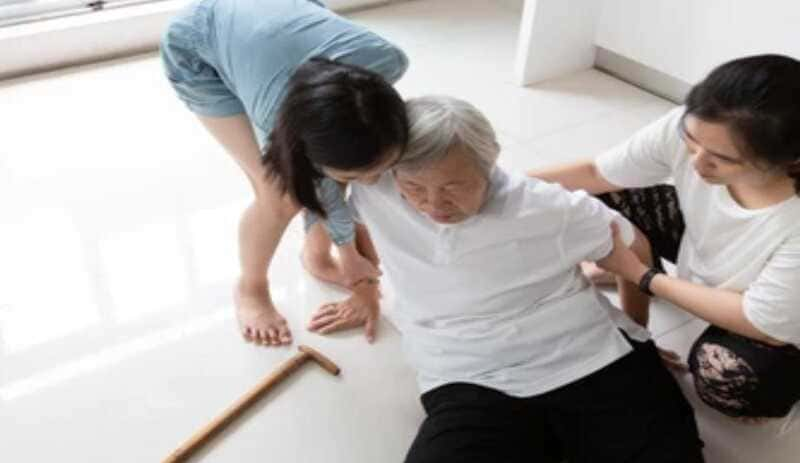Falls in the home can be a leading cause of injury and disability for people of all ages. From a slip in the bathroom to a fall from a ladder, injuries caused by falls can have a major impact on people’s quality of life and their ability to perform everyday activities.
Fortunately, there are simple steps that can be taken to prevent falls in the home and reduce the risk of injury. In this article, we will explore how to prevent falls in the home and provide practical fall prevention tips and strategies to maintain a safe environment.

Whether you are an elderly person, a caregiver or simply someone who wants to stay safe at home, this article will provide valuable information to help you prevent falls and maintain your independence and quality of life.
How to assess the risk of falls in the home.
In order to develop a procedure on how to prevent falls in the home we must first assess the risk of falls in the home. Assessing the risk of falls in the home is an important step in preventing injuries and maintaining a safe home environment. Most falls in the home occur in common areas such as the kitchen, bathroom and stairs. To assess the risk of falls in the home, it is important to identify risk factors that may increase the likelihood of a fall.
Stairs are a common risk area for falls in the home. It is important to ensure that stairs are in good condition and well lit. In addition, handrails should be installed on both sides of stairs to provide stability when ascending or descending. Carpets and high traffic areas can also increase the risk of falls in the home. It is important to ensure that carpets are flat and wrinkle-free, and that non-skid pads are used under carpets to prevent them from shifting.

The bathroom is also a common area of risk for falls in the home. Bathtubs and showers can be slippery, so it is important to install safety bars to help people get in and out of the shower or bathtub. Bathroom floors should also be slip-resistant, and slip-resistant mats can be used to provide a safe surface when getting out of the shower or bathtub.
Maintenance and repair of the house oriented to the prevention of falls.
Home maintenance and repair are critical to preventing accidents, especially falls. Necessary repairs include fixing loose steps, repairing cracked floors and walls, and making sure lights are working properly.
Loose steps can be a common cause of falls in the home. If you notice a loose step, it is important to fix it immediately. A loose step can cause someone to lose their balance and fall. To fix a loose step, remove the step, clean the area and reattach it with screws or nails.
Cracked floors and walls can also present a hazard in the home. Cracks can be the result of natural wear and tear on the home or settlement of the floor. Cracks can present a tripping hazard if they are large enough. To repair a cracked floor, clean the area, caulk the crack and then sand to a smooth surface. In the case of cracked walls, putty or plaster can be used to fill the crack, then sand and paint.
Making sure lights are working properly is another important step in home maintenance to prevent falls. Lights provide illumination in the home and can help prevent falls and other accidents. Bulbs should be replaced regularly to ensure that lights continue to function properly. In addition, all light switches should be checked for proper operation and problems with electrical cords.
Adequacy of the home.
Another topic of interest in defining how to prevent falls in the home is the adequacy of the home. The adequacy of the home is an important factor to consider in preventing falls in the home. It is important to adapt the home to the needs of the user, especially if the person is elderly or disabled. Among the necessary adaptations are the installation of safety bars in the bathroom, handrails on the stairs and adequate lighting.
Safety bars in the bathroom are one of the most common adaptations to prevent falls. These bars are installed on the shower walls or next to the toilet to provide support for the user when entering and exiting the shower or getting up from the toilet. Safety bars can be of different sizes and materials, depending on the user’s needs.

Handrails on stairs are another important adaptation to prevent falls in the home. Handrails provide a foothold for the user when ascending or descending stairs, which can be especially helpful for the elderly or disabled. It is important that handrails are firmly attached to the wall and are strong enough to support the weight of the user.
Adequate lighting is also an important factor to consider in preventing falls in the home. Poor lighting can hinder visibility in the home, which increases the risk of tripping and falling. It is important to ensure that all areas of the home have adequate lighting, especially high-traffic areas such as stairways and hallways.
Home safety education – how to react in the event of a fall.
Many times, even if we know how to prevent falls in the home, sometimes they can’t be avoided. And for that we must be prepared for how to react in the event of a fall.
Home safety education is critical to preventing falls in the home. Providing information on how to prevent falls in the home and how to react in the event of a fall can be key to ensuring the safety of household members, especially for the elderly or disabled.
Fall prevention education should include information about risk factors in the home, such as stairs, rugs and bathtubs, as well as how to identify these risks and how to address them to minimize the risk of falls. It is also important to teach household members balance and mobility techniques, such as safe walking and avoiding sharp turns.
In the event of a fall, it is important to know how to react appropriately to minimize the risk of further injury. Household members should know how to call for help and how to move a person who has fallen without making the injury worse. It is also important to know the signs of a serious injury, such as a fracture, and to know when to seek medical attention.

Home safety education can not only prevent falls, but can also increase household members’ confidence in their ability to stay safe and avoid injury. Fall prevention is a shared responsibility among household members and should be treated with the seriousness it deserves to ensure the safety and well-being of all.
Prevention of falls in the elderly.
Fall prevention is especially important for seniors, as falls are one of the leading causes of serious injury and disability in this age group. However, there are many things seniors can do to reduce their risk of falls.
One of the main ways to reduce the risk of falls is to maintain physical fitness. Balance and strength exercises can help improve stability and reduce the risk of falls. It is also important to maintain good posture and be aware of how your body moves. Proper shoes are also important to reduce the risk of falls, as they should be comfortable and have a good slip-resistant sole.
Eliminating hazards in the home can also be an effective way to prevent falls in the elderly. This includes fixing loose steps or wrinkled rugs, making sure high-traffic areas are well lit, and using safety bars in the bathroom. A professional home assessment can also be helpful in identifying and addressing any potential risks.

